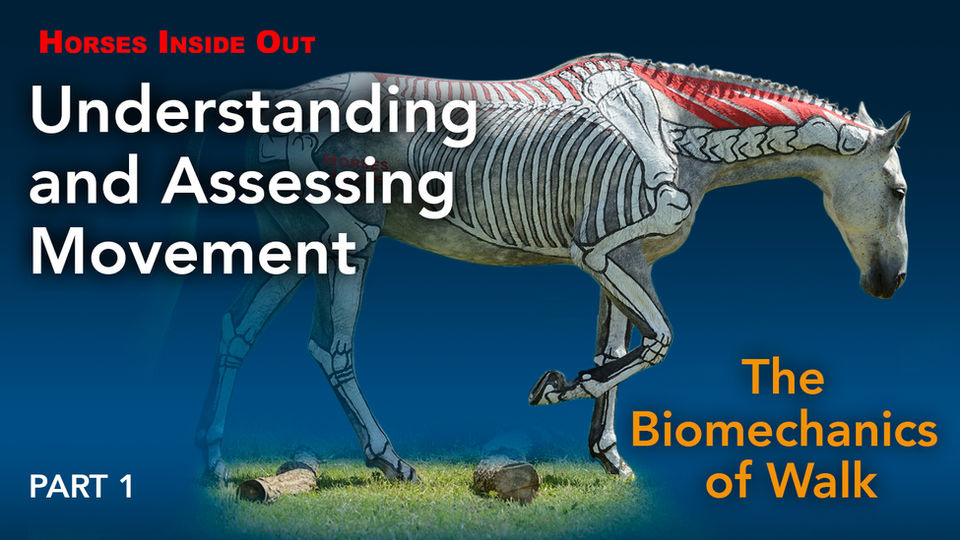Not Quite Right with Dr Sue Dyson
This webinar considers how to recognise, and what to do, if we feel our horse is, ´not quite right!´ How do we decide if a problem is caused by pain, weakness, behaviour or habit? What actions do we need to take? When do we need to bring in outside help or expert assistance? How do we find the best person to consult? What can be done to manage the situation? Sue looks at a selection of scenarios and discuss how to decide on and how to manage a variety of problems.
This webinar is part of the online lecrture series, Prevention is Better than Cure, with independent consultant and lameness specialist, Dr. Sue Dyson hosted by Gillian Higgins. It explores what makes a how to improve performance.
Sue has such passion for promoting the longevity of sports horses, when possible - challenging the myths that embrace the equine industry - encouraging people always to ask why.
Packed with scientific, evidence based facts, these talks will prove to be interesting, informative and invaluable.
Watch Trailer
This on-demand webinar is episode 3 of 3 in the Prevention is Better than Cure webinar series with Dr Sue Dyson.
Course Structure
This on-demand webinar is split into 2 parts.
Packed with scientific, evidence based facts, this presentation proves to be interesting, informative and invaluable whether you are a horse owner and lover or professional in the industry.
UNLIMITED ACCESS
Anytime - Anywhere - As many times as you like!
Once purchased, you can watch this on-demand webinar at any time and as many times as you like from any device and from the comfort of your own home! Just make sure you are logged in and then watch it by pressing the button below.
Other on-demand webinars you may enjoy...
- 80£
- 40£
- 30£





















